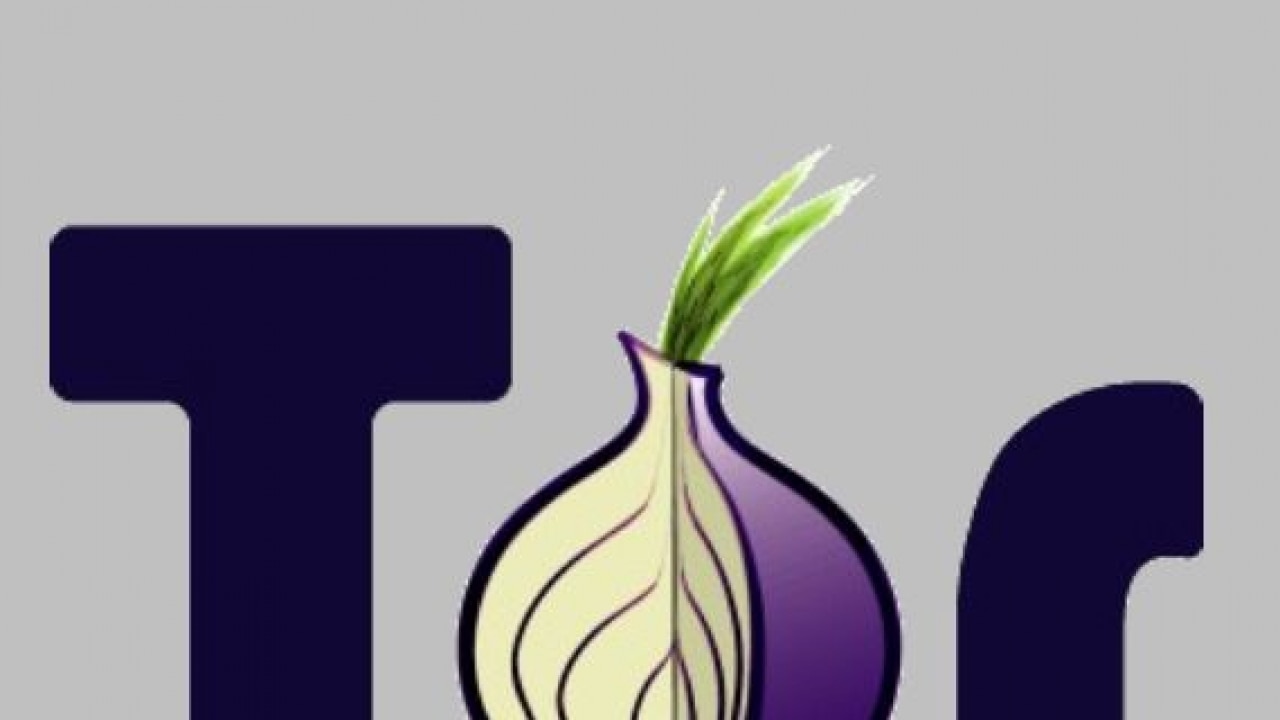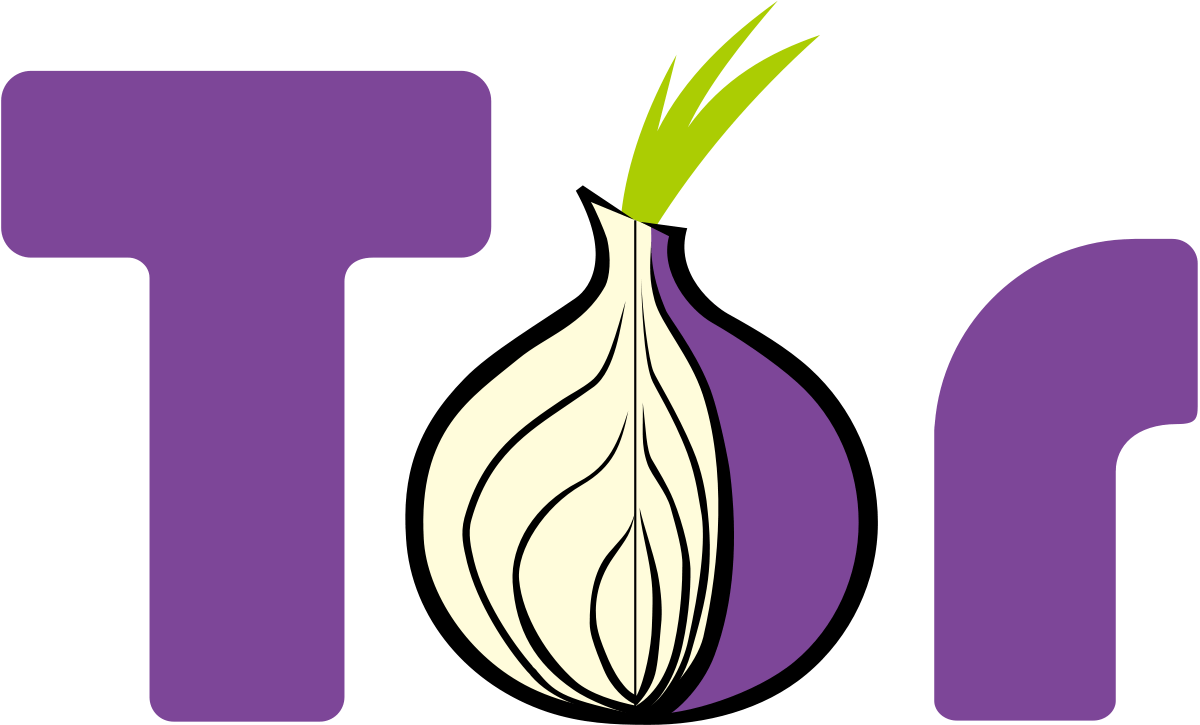

However, even when you use SSL or TLS, it's still possible for others to intercept those packets and see the information's metadata - who sent that encrypted information and who received it - because the addressing wrappers in SSL or TLS are not encrypted. For example, if you submit your credit card information to an online store, that information travels across the network in an encrypted state to prevent theft. Some regular Internet data packets are encrypted using a protocol called Secure Socket Layer (SSL) or its newer, stronger cousin Transport Layer Security (TLS).

That way, a data packet's path through the Tor network cannot be fully traced. The layers of encrypted address information used to anonymize data packets sent through Tor are reminiscent of an onion, hence the name. The relay then rewraps the package in a new wrapper and sends it on. MORE: 13 Security and Privacy Tips for the Truly ParanoidĮach relay decrypts only enough of the data packet wrapper to know which relay the data came from, and which relay to send it to next. The modified and encrypted data packet is then routed through many of these servers, called relays, on the way to its final destination.The roundabout way packets travel through the Tor network is akin to a person taking a roundabout path through a city to shake a pursuer. Regular Internet connections don't do this. There's probably nothing wrong with your configuration.Finally, Tor encrypts the rest of the addressing information, called the packet wrapper. If you can access "big" onion services such as Facebook's ( ) or DuckDuckGo's ( ), then you're very likely trying to access onion services that are down. This can be seemingly exacerbated by indexes not removing links that have been down for a significant length of time. Most onion sites are run by amateurs and are thus going down temporarily/permanently all the time. Most others do it wrong and should stop.īut what if the latter fixed link doesn't work? Only the biggest names (Facebook, BBC, NYTimes, etc.) have TLS for their onion services and do it correctly. This assumes the onion service does not use TLS, which is going to be true for 99.9999% of onion services.

is a regular website and needs TLS, thus uses HTTPS. To change an link to a regular onion address:Ĭhange https to http at the beginning of the URL. They only index them by accident via tor2web proxies such as. You probably see it now because you're searching for onion services with popular conventional search engines (such as DuckDuckGo, Bing, and Google) which do not index onion services by choice. is a tor2web proxy and you should not use it.


 0 kommentar(er)
0 kommentar(er)
